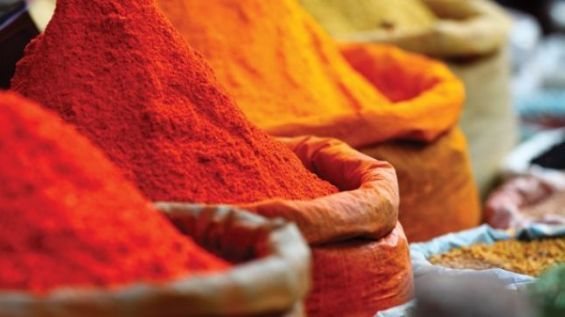According to a new UNICEF report, lead poisoning is affecting children around the world. The alarming document, the first of its kind, reveals that around 1 in 3 children have blood lead levels «at or above 5 micrograms per deciliter (µg/dL)».
Entitled «The Toxic Truth: Children’s exposure to lead pollution undermines a generation of potential», the report features the analysis of childhood lead exposure conducted by the Institute of Health Metrics Evaluation (IHME).
According to the conclusions of the same institute, 1,867,720 children in Morocco have blood lead levels above 5 micrograms per decilitre (µg/dL). At a lower bound estimate, IHME indicates that 945,445 children in the Kingdom would have blood lead levels above 5 micrograms per decilitre (µg/dL).
The same document suggests that 3,291,506 Moroccan children have blood lead levels above 5 micrograms per decilitre (µg/dL) at an upper-bound estimate.
IHME reveals that 209,212 children have blood lead levels above 10 micrograms per decilitre (µg/dL) in Morocco. The same number goes from 99,236 for a lower-bound estimate to 422,005 for an upper-bound one.
In the Middle East and North Africa region, 63,441,649 children have blood lead levels above 5 micrograms per deciliter, and 16,347,077 have above 10 micrograms per deciliter of blood lead levels, the report reveals.
Lead and spices
The same report reveals that high levels of lead can be found in spices, especially those «grown near smelters, battery manufacturing plants and lead mines». «They can absorb dust particles and remnants from these processes», it explained.
«Lead that is deposited in soil and water from airborne pollutants and fertilizer application can enter food systems and spices», the same source revealed.
Lead can also be in spice grinding machines. However, in some cases lead can be added to spices for color and weight purposes. A study that analyzed spices from 41 countries revealed that «50 per cent of 1,496 samples had detectable levels of lead».
«The highest concentrations of lead were found in spices purchased in Georgia, Bangladesh, Pakistan, Nepal and Morocco», the same source concluded, urging governments in affected countries to «take a coordinated approach to building monitoring and reporting systems and installing prevention and control measures».





 chargement...
chargement...













